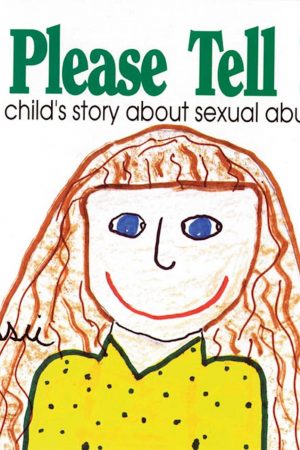Trauma disorders are mental disorders that occur as a result of an experience involving an actual or potential threat to one’s life or a loved one’s life. Although different categories of trauma exist, the most common forms of trauma center around interpersonal violence and sexual assault in adulthood and abuse in childhood. Trauma can be brief in duration with symptoms lasting for a few weeks, or trauma can be chronic with symptoms lasting for more than a month.
Post-traumatic stress disorder (PTSD) is one of the most common types of clinical trauma.
PTSD is a mental health condition that some people develop after experiencing or witnessing a life-threatening event such as military combat, natural disasters, terrorist incidents, car accidents, violent personal assaults like rape, and others. A person who has been diagnosed with PTSD may have persistent frightening thoughts and memories of their ordeal and feel stressed and emotional when reminded of the event.
Other types of trauma disorders can include:

- Acute Stress Disorder manifests similar symptoms to PTSD, however Acute Stress Disorder resolves quickly compared to PTSD.
- Adjustment disorders cause disturbances to emotional or behavioral functioning that develop in response to a significant psychosocial stressor, such as marital conflict, problems at work, or school bullying among other stressors.
- Reactive attachment disorder (RAD) is a rare mental disorder that occurs in children who have experienced severe neglect or uncaring parental rejection. These patients struggle to form attachments to their caregivers and reject close relationships.
- Disinhibited Social Engagement Disorder (DSED) is similar to RAD in that it is hard for children to form healthy relationships, however these patients tend to become inappropriately friendly with people they do not know well.
Frequently Asked Questions:
Symptoms of a trauma disorder can include:
- flashbacks to the event that include a feeling of reliving the experience and a physical response from the body, such as increased heart rate
- nightmares of the event
- intense distress when exposed to cues related to an event or trauma
- being distracted by things associated with the trauma, such as avoiding places or people associated with the event
- negative thoughts or feelings about oneself or others related to the trauma, for example feeling unworthy of love, guilt, shame, or negative beliefs about the self
- isolation due to fear of being in uncomfortable situations that can trigger upsetting memories
It is important to note that an individual’s symptoms can vary based on the type of trauma disorder and the extent of the trauma. Only a licensed mental health professional can accurately diagnose trauma disorders, so if you or a loved one are showing symptoms, schedule a consultation with our psychiatrists at Florida Family Psychiatry today.
There is no single test to diagnose a trauma disorder. Instead, trauma disorders are diagnosed after a physical exam, discussion of your medical history, a review of symptoms, and ruling out other conditions that cause similar physical symptoms. You will likely be asked to fill out a self-assessment and/or answer specific questions so that your provider can give you an accurate diagnosis.
In most cases, a combination of talk therapy and medication is recommended. Talk therapy can help desensitize traumatic memories and practice healthy coping strategies. Medications help reduce overall levels of anxiety and mood disturbance from the trauma.
Did You Know?
Trauma disorders are one of the only mental health conditions that can be traced back to a single cause (experiencing trauma). However, it is not understood why not everyone is affected by trauma in the same way. This means that two people could be exposed to the same trauma, but only one may develop a trauma disorder.


Fact Sheets
Guides, Workbooks, and Tip Sheets:
- Understanding Trauma
- PTSD Workbook
- 5 Fs of Trauma Response
- AJ’s Story about Not OK Touches: s designed to be read by a supportive adult to a child (ages 5-10) who has engaged in a Not OK touch or problematic sexual behaviors with another child.
- Staying Safe While Staying Connected (facts & tips for teens)
- Tips for Supporting Students Who Have Experienced Trauma
- Resilience and Post-Traumatic Growth
- Grounding Skills
- Guide to TRAILS Trauma Supplemental Materials
Rating Scales
Books
Apps:
Videos:
Disclaimer:
Some of the contents of this Florida Family Psychiatry (FFP) webpage were sourced from the American Academy of Child and Adolescent Psychiatry, the American Board of Psychiatry and Neurology, the National Institute of Mental Health, Centers for Disease Control and Prevention (CDC), The National Child Traumatic Stress Network, and their affiliates. The content on this page should be used for informational purposes only. It is not intended to be a substitute for professional medical advice, diagnosis, or treatment. FFP has made every attempt to ensure the accuracy and reliability of the content on this website. However, the information is provided “as is” without warranty of any kind.
FFP does not accept any liability or responsibility for the content, accuracy, completeness, reliability or legality of the content on this website. FFP does not endorse or recommend any products or services. Additionally, external parties may not use any information on this website for advertising or product endorsement purposes.












